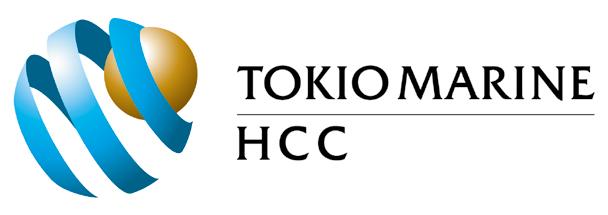
5 minute read
Interview Chris Sunderman – Blockchain: Driving innovation through co-creation
Advertisement
sors for the innovations you want to develop, find partners to start development and work according to a plan. Find out why there would be a need for an innovation; check this with the market, your clients. Collaboration is essential to obtain value in many cases.” He underlines the importance of creating a minimum viable ecosystem in order to achieve adoption by the participants in the trade finance industry “If the perceived solution is not solving a problem, easing processes or reducing hurdles, then you could best stop the process, start to discover all over again, redefine and again check with the market: work agile, fail fast and learn fast.”
Opportunities for the trade credit insurance and surety industry Chris sees benefits for the trade credit insurance and surety industry when it embraces the opportunities of blockchain and distributed ledger technology. “The opportunities for the trade credit insurance and surety industry are further digitization and increased speed in execution, reduction of cost and use of paper etc. and ease in processing.” But besides the benefits, Chris sees also the need for the industry to adapt blockchain and/or DLT. “On the other hand we also see that other parties, financials, can disrupt the trade credit insurance or surety industry as a result of DLT. Barriers of entry as a result of DLT are much lower thanks to DLT and its capabilities. So to that extent…..”
He therefore likes to advice ICISA members to learn from what the banking industry has done so far in blockchain and innovation in DLT. “The first step is difficult, but accept the changing market circumstances, the increased transparency and rest assured that the competition is not always your obvious export credit competitor. Other parties may enter your segment and offer comparable solutions, easier structures and sometimes integrated in other services. Start now with innovation: in your own company and by collaborating with your peers, talk to the technology providers, those who know your market, but also think out of the box and be creative.”
Chris likes to accentuate it is a step by step process; fail, and start over again. “Talk to your partners and clients, what are they facing? What are the hurdles in their cross border business? Is it complex, what could be easier, etc., etc.“ But he underlines that this process can only be successful through collaboration and the support from top management. “The driving force behind successful innovations is collaboration and co-creation. Collaboration is essential to get value, and you will see that all innovation must be driven in IT Operations by the product, but take care that the business is and stays aligned. We also see that you require top management sponsorship for innovation to get things done and to move on. Also involve top management and explain what you are doing and why. Client validation is essential for management to remain supportive.”
The Bonding market in Europe is currently facing many changes. These will probably alter the market completely and will give room to new opportunities. Pietro Lanzillotta, Atradius Bonding Director is experiencing these profound changes.
“The European Surety market is currently being flooded with new competitors from the Americas. At the same time, existing companies are strengthening their presence and expanding their cross-border business to other countries.” Pietro believes this growing interest in the European Surety market might be driven by the expected business opportunities created by a potential reduction in the bonding activity of banks. “The European Surety market remains however relatively robust, despite the oversupply of capacity and uncertainties in some major economies. There are therefore quite a number of opportunities and challenges the European Surety market faces”, he adds.
European market and the regional peculiarities According to Pietro, Europe is as a whole a promising region for Surety. But there are two countries we need to pay close attention to. He notes: “Italy and Germany are the largest European Surety markets each generating
more than € 500 million in business volume of which the banks’ market share is 50-60%. This creates many opportunities, yet both markets have unique characteristics that need to be taken into account when approaching the business.”
But overall Pietro identifies a number of challenges and opportunities for the European Surety industry in the coming five to ten years. “As a recent trend we see an increasing cooperation between Surety companies and banks to provide cover for risks and to develop distribution. With no doubt such cooperation will derive opportunities for the Surety industry and is seen by many as a win-win situation.” Pietro explains that even though the Surety market is driven by banks, capital regulations are pushing them to share some of their risks with insurance companies, providing Surety service. This allows banks to distribute their risk and obtain more cost-efficient portfolio management. Furthermore, Surety companies enable banks to improve their customer relationships and gain market share or access to new, niche markets. For the Surety companies, cooperation with banks gives access to markets and clients that are otherwise not accessible to them.” On the other side he notes that “the challenge will come from unfolding these new market distributions. In fact, I consider Surety suppliers as bond underwriters rather than capacity providers. This could present a challenge for us in acquiring new customers that might have been used to liaising with capacity providers. While ideally we are pursuing an equal portfolio sharing, potential adverse selection of risk always persists.”
But Pietro identifies another challenge for the current Surety providers. “Competition is becoming more challenging, as newcomers are entering the market and existing players are expanding their geographic presence. At the








